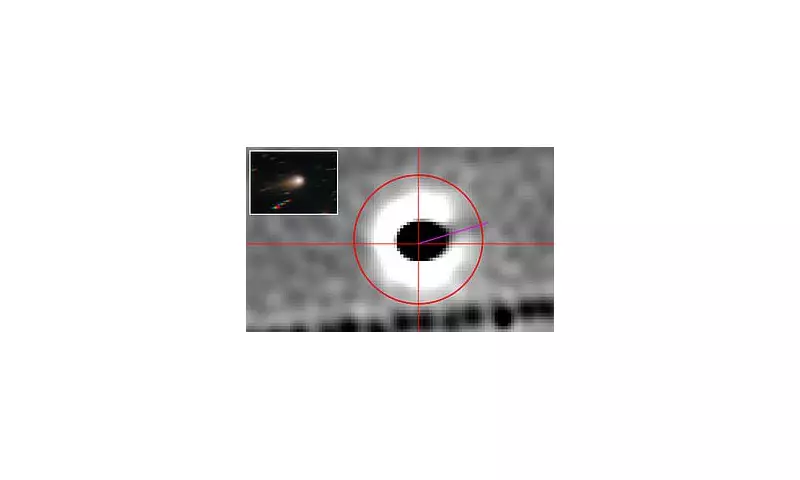
In what marks a historic first for space exploration and planetary security, NASA's dedicated planetary defence team has initiated a groundbreaking study of our solar system's maiden confirmed interstellar visitor. The mysterious object, designated 3I/Atlas, represents an unprecedented opportunity for scientists to understand cosmic threats from beyond our stellar neighbourhood.
A Celestial Traveller Like No Other
The 3I/Atlas object, unlike any comet or asteroid previously observed, originates from deep interstellar space rather than our own solar system. This extraordinary visitor has captured the attention of NASA's Planetary Defense Coordination Office (PDCO), which typically focuses on tracking near-Earth objects that could pose collision risks to our planet.
Dr. Emily Harrison, lead scientist on the project, explained the significance: "This represents a paradigm shift in how we approach planetary defence. Studying interstellar objects gives us crucial insights into the types of cosmic material travelling between star systems - knowledge that's vital for protecting Earth in the long term."
Why Interstellar Objects Matter for Earth's Security
While 3I/Atlas itself poses no threat to Earth, its study provides invaluable data for planetary defence strategies. Scientists are particularly interested in:
- Composition analysis to understand the building blocks of other star systems
- Trajectory patterns that differ from solar system objects
- Structural integrity of interstellar travellers during close solar approaches
- Detection methods for identifying similar objects earlier in their approach
Advanced Technology Unlocks Cosmic Secrets
NASA has deployed its most sophisticated observation equipment, including the Hubble Space Telescope and ground-based radar systems, to analyse 3I/Atlas. The data collected will help refine models predicting how similar interstellar objects might behave if one were ever on a collision course with Earth.
Professor Michael Chen, an astrophysicist involved in the research, noted: "The velocity and composition of 3I/Atlas are fundamentally different from anything we've seen before. Understanding these differences is crucial for developing effective planetary defence protocols against all types of cosmic threats."
The Future of Interstellar Threat Assessment
This pioneering research establishes a new framework for how space agencies will approach interstellar visitors in the future. As detection technology improves, scientists anticipate discovering more of these cosmic nomads, each providing additional pieces to the planetary defence puzzle.
The 3I/Atlas mission represents a proactive approach to space security, ensuring that when the next interstellar visitor arrives - whether it's a scientific curiosity or a potential hazard - humanity will be better prepared to understand and respond to whatever the cosmos sends our way.





